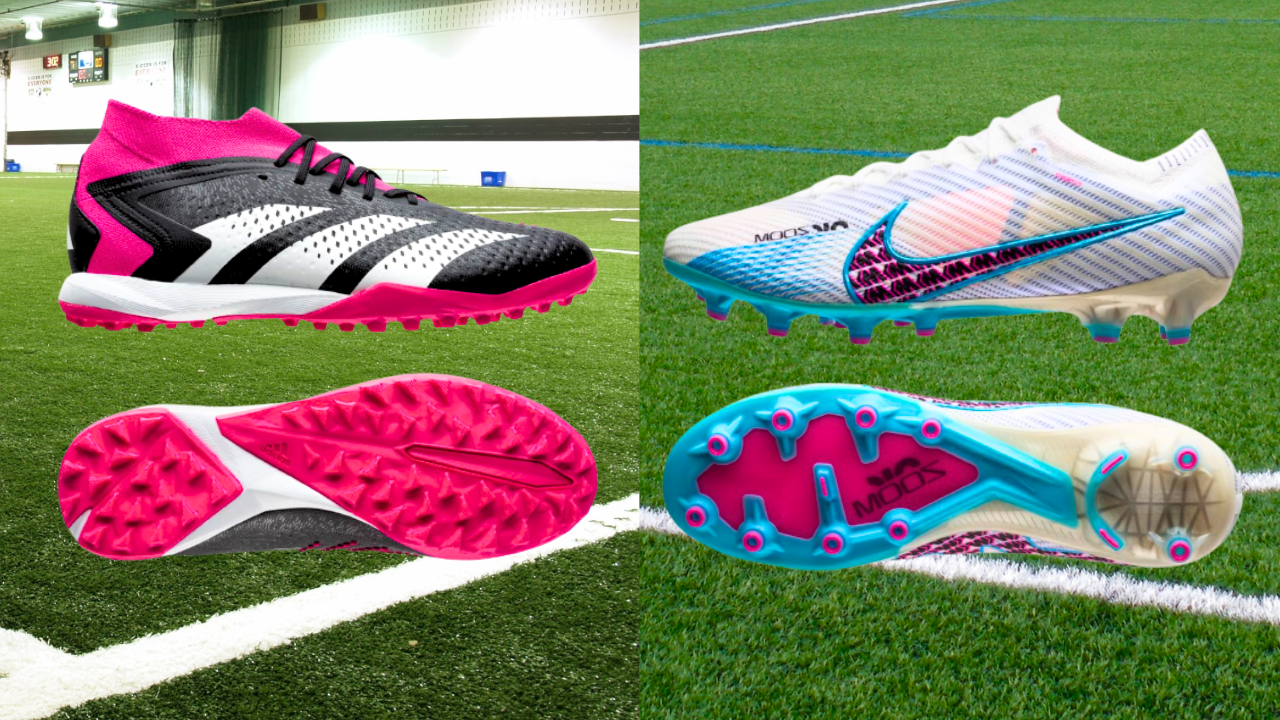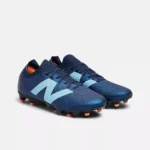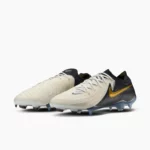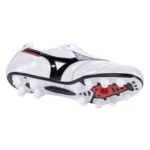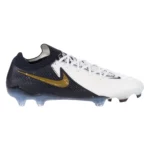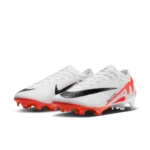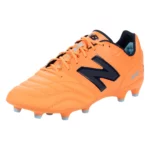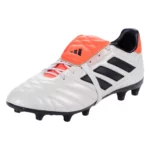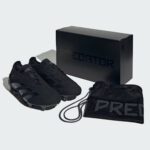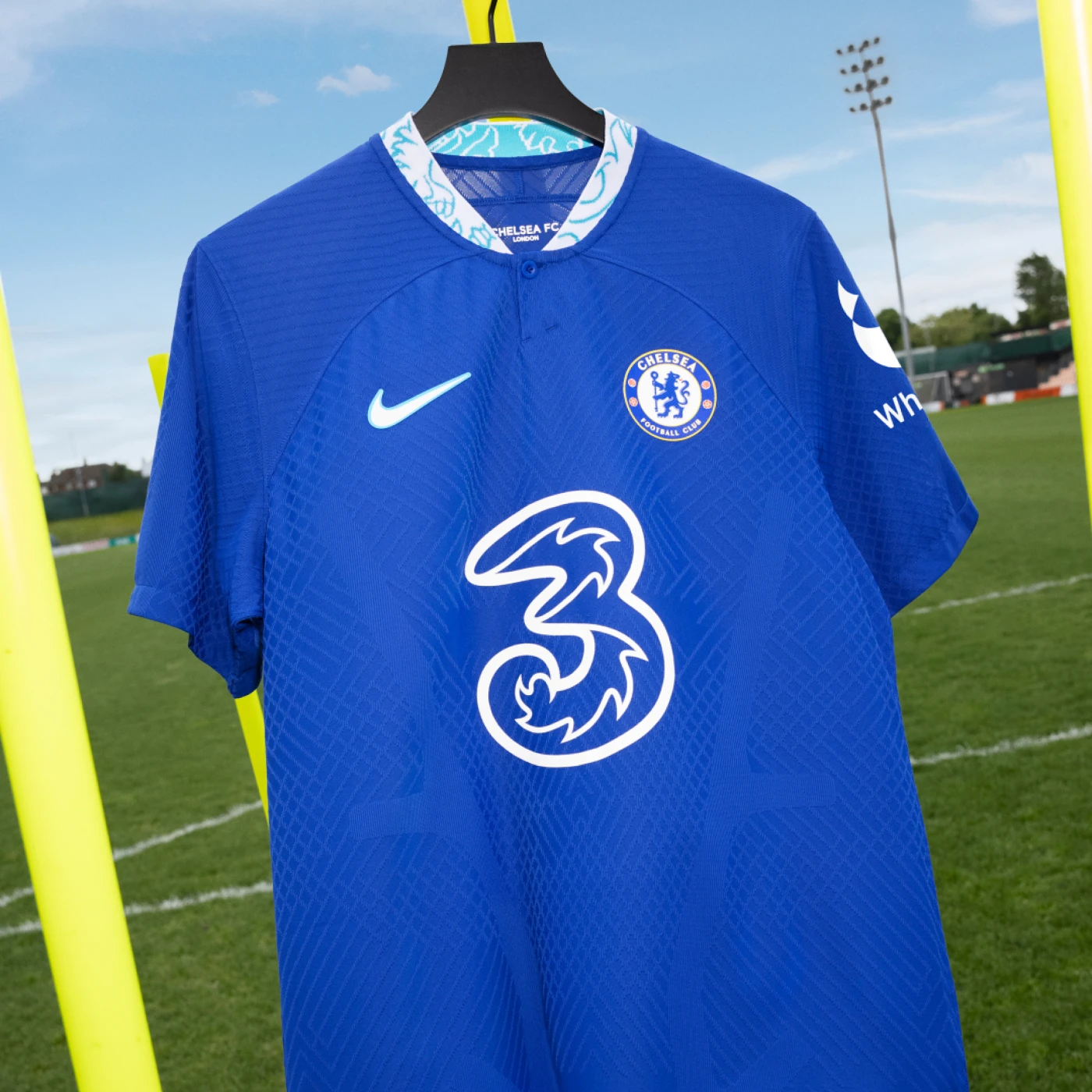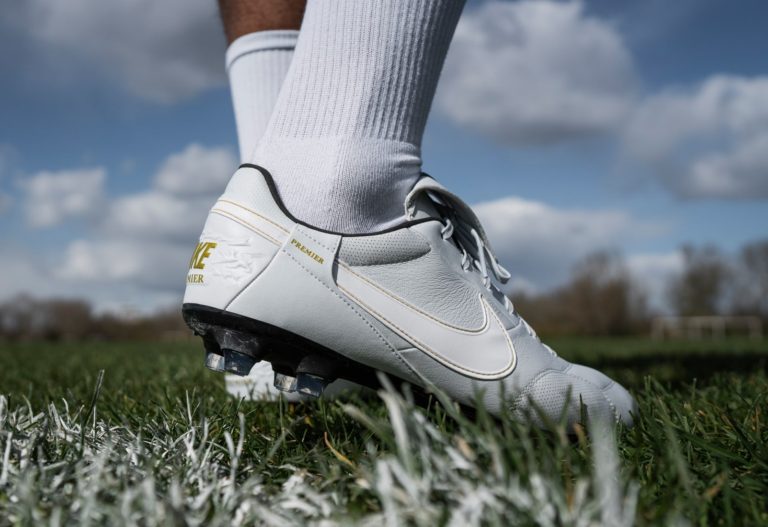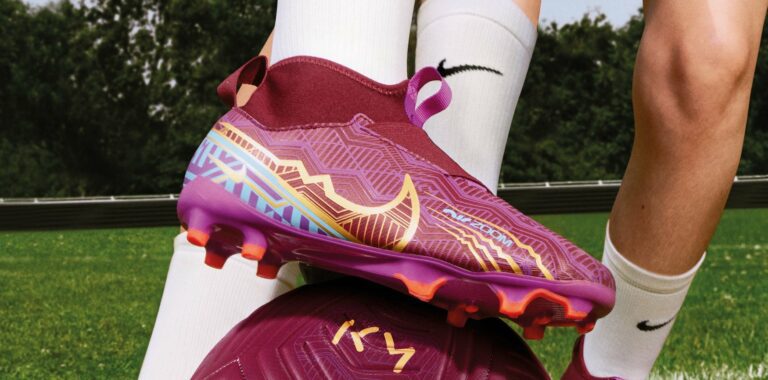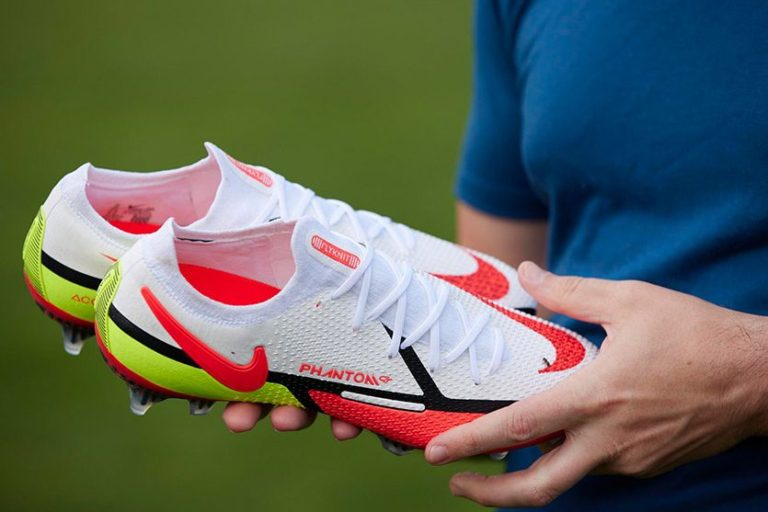Turf vs Artificial Grass: What Boots Do You Need?
Understanding the Evolution of Turf and Artificial Grass
Most players, including myself, love playing football on natural grass. However, that’s simply not always an option.
For players across the world, the only accessible playing surfaces are turf and artificial grass. It’s important to note that although sharing a few similarities, these surfaces have some key differences.
In this article, I’ll shed light on the distinction between these two popular surfaces – Turf and Artificial Grass.
Additionally, I’ll guide you in selecting the right footwear for optimal performance and safety on each type of field. Let’s dive in!
Turf: The Origins and Evolution

Turf, also known as AstroTurf, gained popularity in 1966 after being used in the Houston Astrodome.
However, this initial generation of synthetic pitches had its drawbacks. It was extremely hard and unforgiving, resembling a layer of carpet over concrete.
Due to its unfavorable reception by players, coaches, and fans, synthetic pitches faced bans by leading organizations in the 90s.
This type of turf still exists today and can most often be found in indoor playing facilities.
Thankfully, recent advancements have led to the development of a newer version – artificial grass.
Artificial Grass: The Rise of AG

Artificial grass, often referred to as AG or 3G (third generation), has become the go-to surface for many players today.
Constructed with layers of sand, rubber infill, and a synthetic turf surface, it provides a more forgiving and grass-like feel compared to traditional Turf.
Its increasing popularity is due to its cost-effectiveness, as it requires less maintenance and is more durable than natural grass fields.
If you’ve ever played on a surface with those black rubber pellets, that’s the surface we’re talking about.
Turf Footwear: The Best Choices
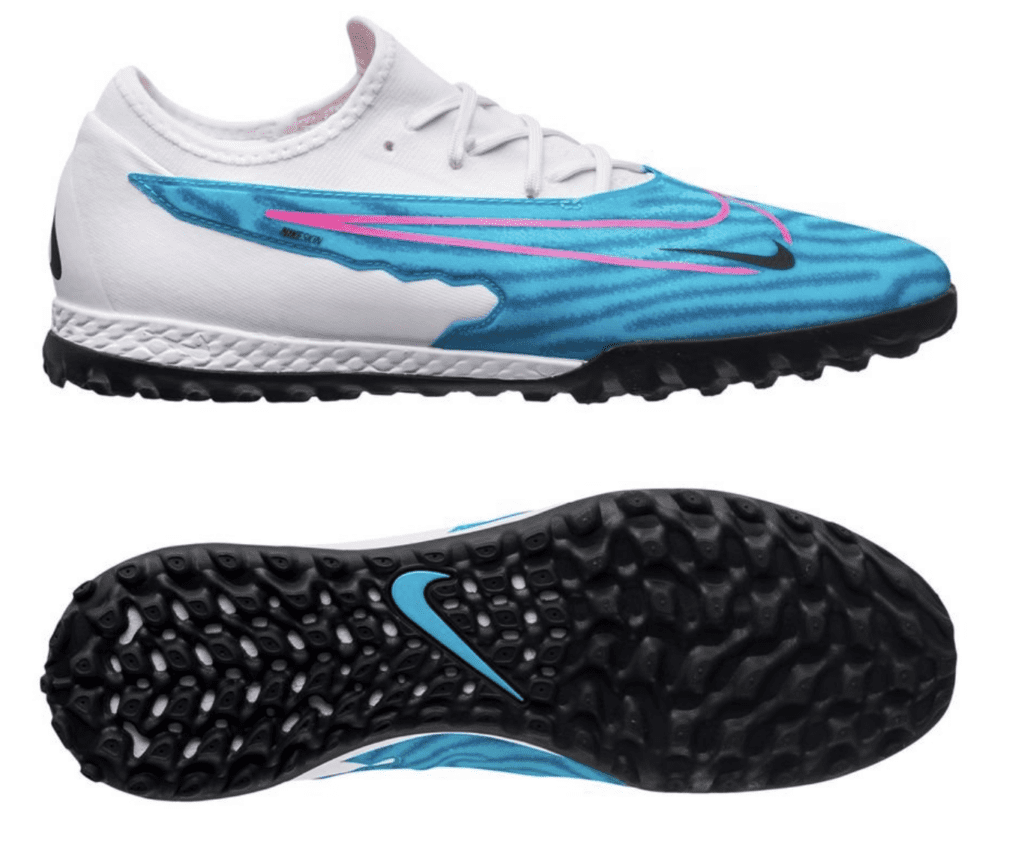
When playing on a hard Turf surface, players have two primary footwear options. The first and recommended option is Turf-specific shoes (sometimes labeled as TF).
These shoes have numerous extremely short studs, providing excellent traction without excessive stud pressure.
The second option is wearing indoor or flat-soled shoes, like the Adidas Sambas, which work well on concrete or indoor turf, as long as the surface isn’t wet.
Footwear for Artificial Grass: Finding the Right Fit
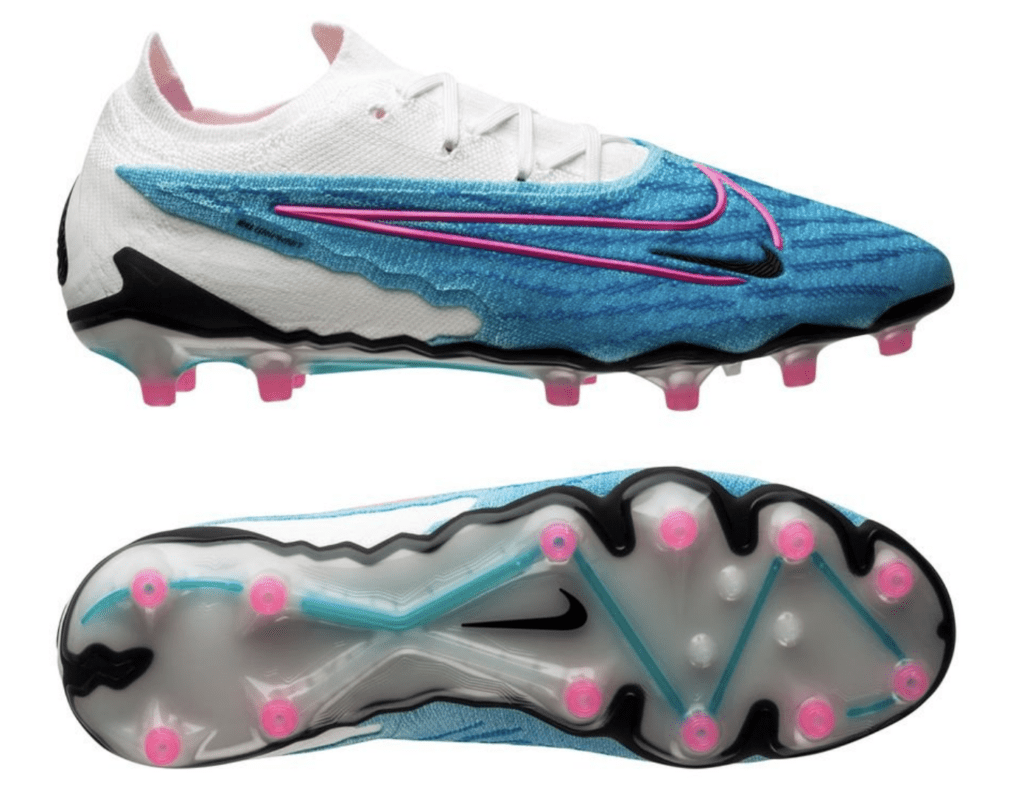
Playing on artificial grass demands specific footwear for optimal performance and injury prevention.
One option is using Turf shoes, which work adequately due to their high number of small studs. However, for a better option, AG-specific football boots are recommended.
Brands like Nike, Mizuno, Adidas, and Puma offer AG soleplate options designed for play on artificial grass, providing ample traction while allowing for safer rotation at the base of the sole plate.
The Importance of AG Boots on Artificial Grass
Choosing AG boots over traditional FG boots is crucial for reducing the risk of injuries, particularly knee injuries.
Research shows that the increased frictional force between bladed studs and synthetic fields can lead to a higher chance of PCL and ACL injuries.
Opting for boots with conical studs or AG soleplates can help minimize this injury risk, making them a wiser investment for frequent players on artificial grass surfaces.
Equip Yourself for Optimal Performance
In conclusion, understanding the differences between Turf and Artificial Grass is essential for football players looking to enhance their performance and safety on different surfaces.
Turf offers a harder playing experience, while artificial grass provides a more forgiving feel akin to natural grass. For Turf, consider Turf-specific shoes or indoor/flat sole shoes, while on artificial grass, prioritize AG-specific football boots for reduced injury risk.
Remember, choosing the right footwear can significantly impact your game, so invest wisely in shoes that complement the surface you play on.
Whether you find yourself on Turf or Artificial Grass, always prioritize comfort, traction, and safety to make the most of your football experience.
If you have any questions about playing surfaces or which boots suit you best, feel free to let me know. Thank you for reading, and good luck with your training.
Latest Posts
- Most Comfortable Football Boots of 2024
- Nike Phantom GX 2 vs Adidas Predator Elite
- Puma Future 7 Pro – Review
- Mizuno Morelia 2 Elite Review
- Nike Phantom GX 2 Elite Review
- Width Matters: Choosing the Right Football Boots for Your Feet
- Nike Premier 3 vs Copa Gloro vs NB 442 V2 Pro
- The Best Value Adidas Boot – Copa Gloro Review
- Best Predator Ever? – Predator Elite Review
